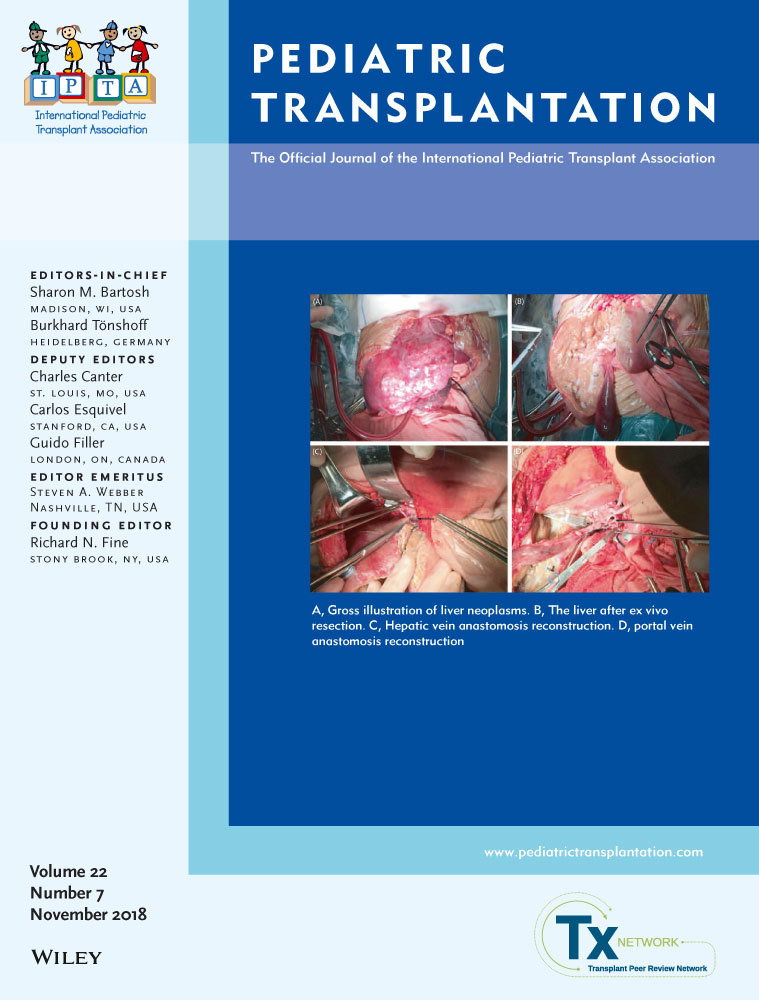Comparing the cost of preparing matched unrelated donor and TCR α+β+/CD19+ depleted donor material for pediatric hematopoietic stem cell transplants in Australia
Abstract
Use of TCR α+β+/CD19+ depletion in a pediatric setting has improved the utility of haploidentical donor material, resulting in better rates of engraftment, lower rates of graft vs host disease (GVHD), and improved transplant-related mortality. There are currently no data available on the costs of TCR α+β+/CD19+ depletion. This study assessed the costs of acquiring and preparing TCR α+β+/CD19+ depleted haploidentical donor cells in comparison with matched unrelated donor (MUD) products for use in pediatric patients in Australia. Data from four pediatric transplant centers were used to estimate the resources required for donor work-up, graft acquisition, and laboratory procedures for graft preparation. Information on MUD work-up and graft acquisition was also acquired from these sites and from the national coordinating donor center in Australia. Australian-specific prices and fees were used to estimate total average costs for each transplant type, converted to USD. Preparation of graft material (including work-up, acquisition, and laboratory processes) costs USD 28 963 for TCR α+β+/CD19+ depleted haploidentical grafts and USD 27 297 for MUD grafts. The estimated difference of USD 1666 is largely attributed to the process and consumables to perform TCR α+β+/CD19+ depletion. Given the potential for recipients of TCR α+β+/CD19+ depleted grafts to require minimal GVHD prophylaxis and experience less transplant-related morbidity and mortality, use of TCR α+β+/CD19+ depletion appears favorable despite the higher initial cost. Research is currently ongoing to assess the clinical effectiveness and potential cost-effectiveness of TCR α+β+/CD19+ depletion over a patients’ lifetime.




